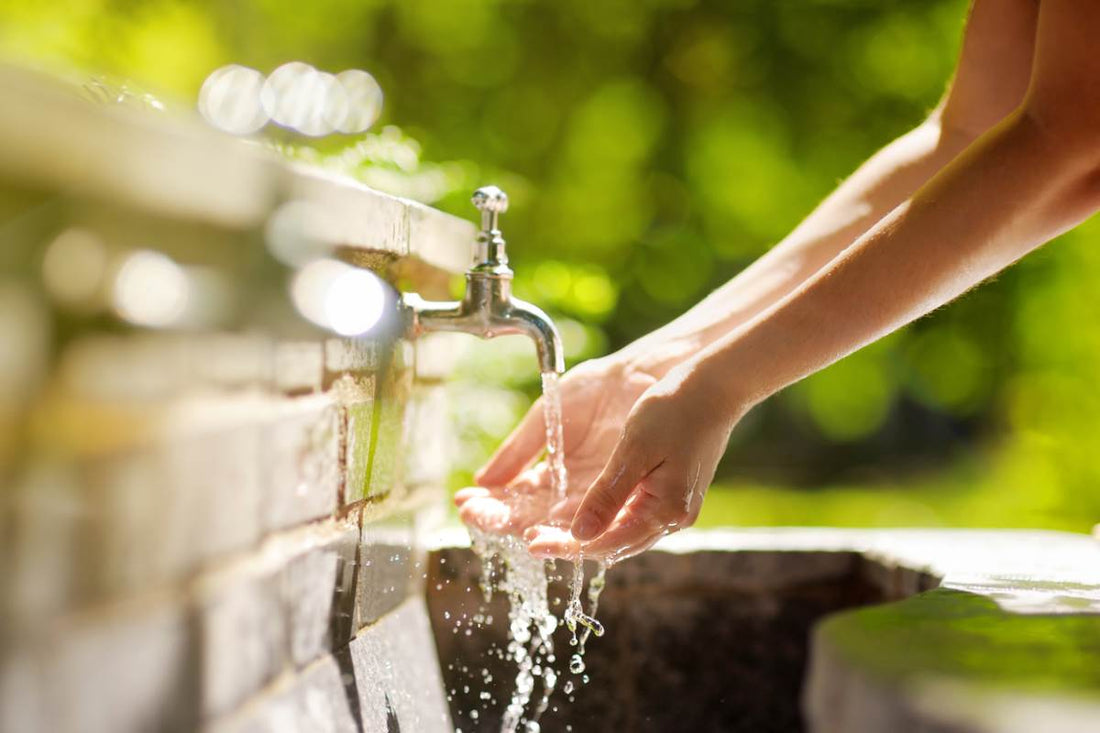Water is the essence of life. It sustains ecosystems, supports agriculture, and is crucial for human survival. Yet, in many parts of the world, access to clean water remains a challenge. The relationship between clean water and health is undeniable, with numerous studies showing that access to safe drinking water directly affects an individual’s overall well-being. Understanding the clean water impact on long-term health can help societies prioritize better water infrastructure and policies.
The Global Clean Water Crisis and Its Health Implications
According to the World Health Organization (WHO), one in three people globally lack access to safe drinking water. Contaminated water is responsible for a significant proportion of diseases, particularly in developing nations where water treatment infrastructure is inadequate. The impact of unsafe water is profound, leading to increased mortality rates, poor nutrition, and long-term health complications.
A 2022 report from UNICEF states that over 485,000 deaths per year are linked to diarrheal diseases caused by unsafe drinking water. Additionally, waterborne diseases such as cholera, typhoid, and dysentery continue to afflict millions, further highlighting the importance of health and clean water policies worldwide.
The Role of Clean Water in Disease Prevention
A direct clean water impact is seen in the prevention of waterborne diseases. Water contamination, often caused by industrial waste, sewage leakage, and agricultural runoff, introduces harmful bacteria and viruses into drinking supplies. Individuals consuming untreated water are at risk of developing severe infections and chronic illnesses.
Clean water access ensures that communities can prevent diseases such as:
- Cholera: A bacterial infection that can cause severe dehydration and death.
- Hepatitis A: A viral infection affecting the liver, spread through contaminated water.
- Giardiasis: A parasitic infection leading to diarrhea, malnutrition, and long-term gastrointestinal issues.
Investing in clean water infrastructure, including proper filtration and disinfection systems, can significantly reduce the spread of these diseases, ensuring a healthier population.
Impact on Child Development and Maternal Health
Children are among the most vulnerable groups affected by poor water quality. Contaminated water contributes to malnutrition, stunted growth, and weakened immune systems. The WHO estimates that 43% of childhood deaths from diarrhea are linked to unsafe drinking water.
Pregnant women also suffer the consequences of inadequate water supply. Unclean water can lead to complications such as preterm birth, low birth weight, and increased infant mortality. Moreover, pregnant women who consume contaminated water are at a higher risk of contracting infections that can harm both the mother and the fetus.
Ensuring access to clean water and health programs can dramatically improve childhood survival rates and maternal health outcomes.
The Link Between Water and Mental Health
While most discussions about health and clean water focus on physical health, the mental health aspect is often overlooked. Studies suggest that water insecurity is closely linked to psychological stress, anxiety, and depression.
- Communities that struggle to obtain clean drinking water experience heightened stress due to the uncertainty of their water supply.
- Women and children, often tasked with fetching water in developing countries, endure increased physical strain and psychological distress.
- Poor sanitation conditions linked to unclean water contribute to social stigma, particularly among adolescent girls who may miss school due to inadequate hygiene facilities.
Investing in water infrastructure does not only safeguard physical health but also fosters mental well-being by reducing stress associated with water scarcity.
The Economic Impact of Access to Clean Water
The availability of clean water has significant economic implications. The World Bank estimates that inadequate water supply and sanitation cost developing countries up to 4.3% of their GDP annually. The reasons for this economic burden include:
- Increased healthcare costs: Treatment for waterborne diseases places a financial strain on families and public health systems.
- Lost productivity: People suffering from illnesses related to unsafe water cannot work or attend school, leading to a loss of economic potential.
- Impact on education: Children who suffer from frequent illnesses due to poor water quality are more likely to miss school, affecting their long-term educational prospects.
Conversely, providing reliable access to clean water boosts economies by improving workforce productivity, reducing healthcare expenses, and increasing educational attainment.
Clean Water and Longevity: How It Affects Life Expectancy
There is a clear correlation between access to clean water and higher life expectancy. Countries with well-developed water treatment systems tend to have lower mortality rates and longer life spans. According to data from the Centers for Disease Control and Prevention (CDC), life expectancy in nations with reliable clean water supply is on average 10–15 years longer than in those without.
Improved water quality reduces the burden of chronic illnesses, particularly kidney diseases, liver conditions, and gastrointestinal disorders. Moreover, clean water contributes to better nutrition, as individuals are less likely to suffer from foodborne illnesses caused by water contamination.

Sustainable Solutions for Ensuring Clean Water for Future Generations
Addressing the clean water impact on health requires a multi-faceted approach that includes policy changes, technological advancements, and community-driven initiatives. Governments, organizations, and individuals must collaborate to create sustainable water solutions. Some of the most effective strategies include:
- Improved water filtration and treatment plants: Investing in modern filtration technology ensures that drinking water is free from harmful contaminants.
- Rainwater harvesting systems: Particularly in areas prone to drought, collecting and purifying rainwater can be a sustainable alternative.
- Community education programs: Raising awareness about water hygiene practices can significantly reduce the incidence of waterborne diseases.
- International aid and investment: Global initiatives, such as the United Nations' Sustainable Development Goal (SDG) 6, aim to ensure clean water access for all by 2030.
Conclusion: The Lifesaving Importance of Clean Water
The undeniable link between clean water and health underscores the necessity of ensuring safe drinking water for all. From preventing life-threatening diseases to improving mental well-being, the clean water impact on long-term health is profound. With millions of lives at stake, prioritizing water security is not just an environmental concern but a fundamental human right.
Investing in clean water infrastructure, supporting global health initiatives, and promoting responsible water use are critical steps toward a healthier and more sustainable future. By addressing the water crisis today, we can build a world where health and clean water go hand in hand for generations to come.
Clean water is the foundation of good health, and BoostedOxygenWater delivers premium oxygen-enriched hydration for optimal well-being. Our scientifically formulated water enhances energy, supports digestion, and promotes long-term wellness—ensuring a healthier future for your customers. With increasing demand for clean water and health solutions, now is the time to stock up on our high-quality, wholesale products. Partner with us to offer a trusted, innovative hydration solution that stands out in the market.
Schedule a call today to discuss wholesale opportunities and bring BoostedOxygenWater to your customers!
Reference:
1. Bain, R., Cronk, R., Hossain, R., Bonjour, S., Onda, K., Wright, J., … & Bartram, J. (2014). Global assessment of exposure to faecal contamination through drinking water based on a systematic review. Tropical Medicine & International Health, 19(8), 917-927. https://doi.org/10.1111/tmi.12334
2. Bain, R., Cronk, R., Wright, J., Yang, H., Slaymaker, T., & Bartram, J. (2014). Fecal contamination of drinking-water in low- and middle-income countries: a systematic review and meta-analysis. Plos Medicine, 11(5), e1001644. https://doi.org/10.1371/journal.pmed.1001644
Brown, J. and Clasen, T. (2012). High adherence is necessary to realize health gains from water quality interventions. Plos One, 7(5), e36735. https://doi.org/10.1371/journal.pone.0036735

